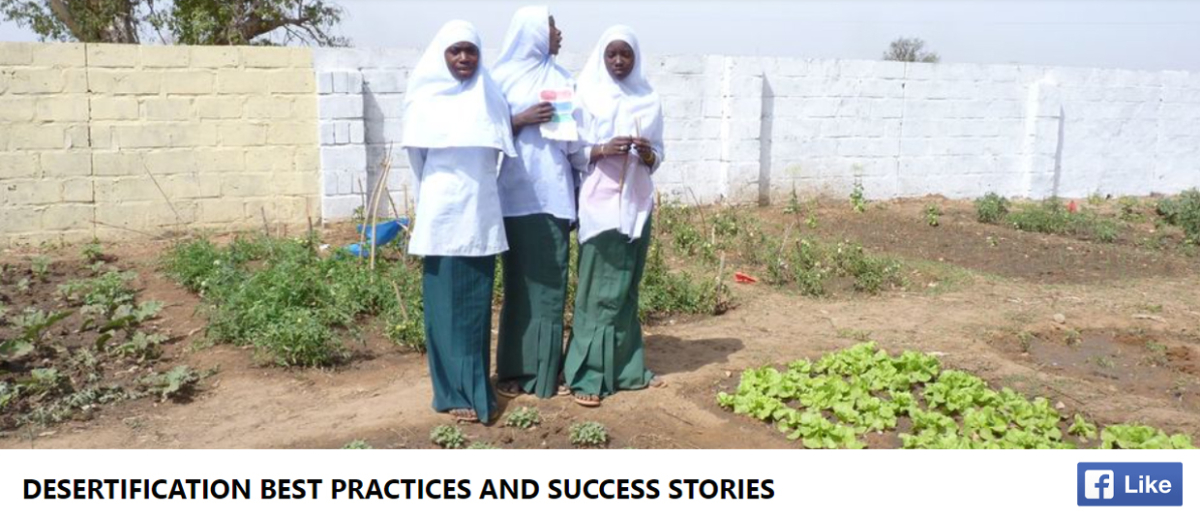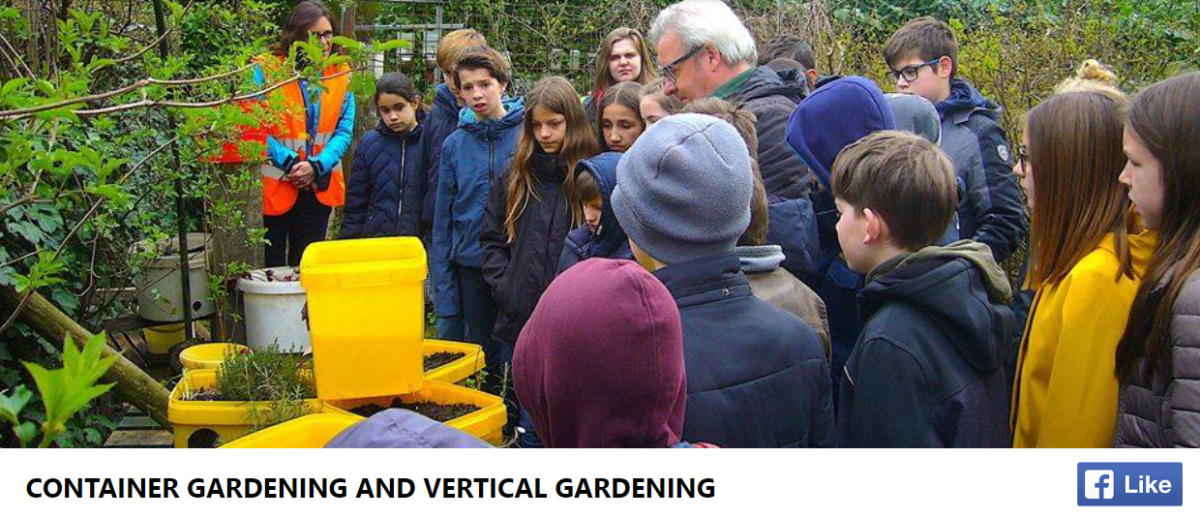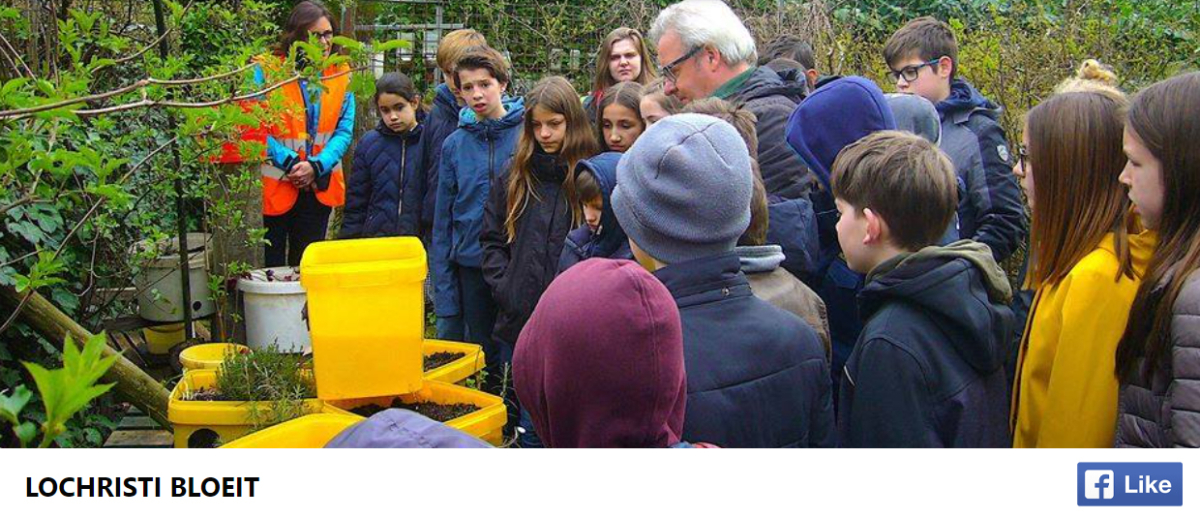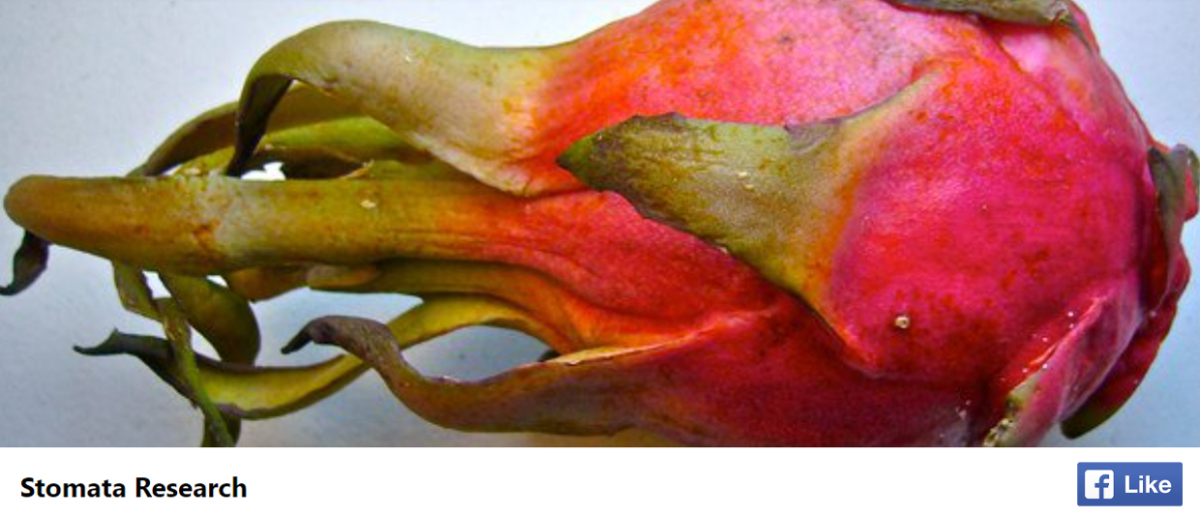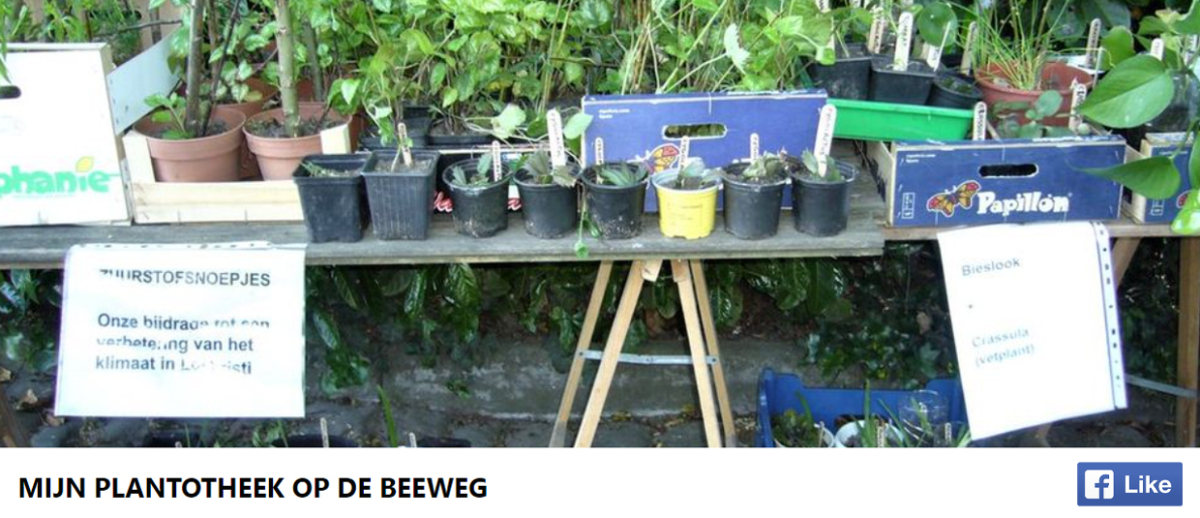How are things going with .... Professor Willem Van Cotthem?
16/05/2023 - 08:37
2023 marks TerraCottem's 30th anniversary. The ideal opportunity to highlight some key figures in the company's history. And of course, we think first and foremost of our "founding father" Professor Van Cotthem. We had the pleasure to visit the professor at home in Zaffelare, Belgium. We had a pleasant trip down memory lane with the inventor of our soil conditioning technology.
Hello Professor.
Hello Davy.
How are you? This is my first and perhaps most important question.
My health is doing well.
Long time since we have seen each other.
Very long... too long.
Yes, that's true. How long have you been retired, Professor?
I retired in 1994, so almost 30 years ago.
That was the year I started university: so we just missed each other. But we did get to know each other after that.
Indeed.
Watch the full interview here (*):
| (*) English subtitles are available. Click on the subtitle icon. Via settings, select "English (UK)". |
Functional Facebook groups
So, what are you working on now?
I spend many hours at my computer because I have set up several Facebook groups.
You know that for many years I was designated by the Belgian Ministry of Development Cooperation, as a representative of scientists in the fight against desertification. When time came, I was replaced as a delegate by Professor Gabriels. The work I did in those 14 years as delegate, I have continued doing that on the computer: by getting as much information as possible about practical ways to stop desertification. I also contribute information to put a hold on global warming by planting trees and shrubs and by making deserted dry land green.
So, sort of an inventory of all kinds of existing methods?
Anything that appears in literature about means, techniques, methods, that are used to stop desertification. Besides, I brought those together on a website, because I assumed, that a lot of people who were engaged in the fight against desertification, are searching on the internet for possible solutions.
And those solutions, which I had found, were brought together on a website so that people can just go to that website and say: "Ah, something appeared here". They can just read it there.
Does that website still exist?
It still exists: www.desertification.wordpress.com.
And even when I was no longer a delegate, I supplemented that with successful practices to stop desertification.
So, I created a second website, which refers specifically to successful methods:
"Why did I do that?"
Because during the negotiations we had for the UN convention, there was always a strong emphasis that we should adopt the successful practices on a larger scale. And not just - when a good practice in a particular country was successfully tested - say, "Bravo, you've been successful!"
"But what do you do with that? Why is that method not going to be universally applied?"
To encourage that, I brought together success stories.
When my wife had her stroke, and I could no longer go and set up demonstration projects for TerraCottem - as I was tied to my home - I searched for a method to set up projects in other countries without me having to be physically there. Projects could be set up simply by reading and viewing the photos of the trials I did in my own garden, by replicating that and also grow plants.
While I was sitting outside on the terrace with my wife, the idea came about: if I cut off the top of a plastic bottle, and I fill it with soil, then I can put a plant on top of that. Once that plant is growing there is a bit of evaporation due to the fact that it is a plastic bottle. In other words, there is no water loss through the side. Only transpiration from the leaves. Plus, water can evaporate as the top part of the bottle is open. Therefore, I can hold water for a longer period of time in order to make those plants grow better.
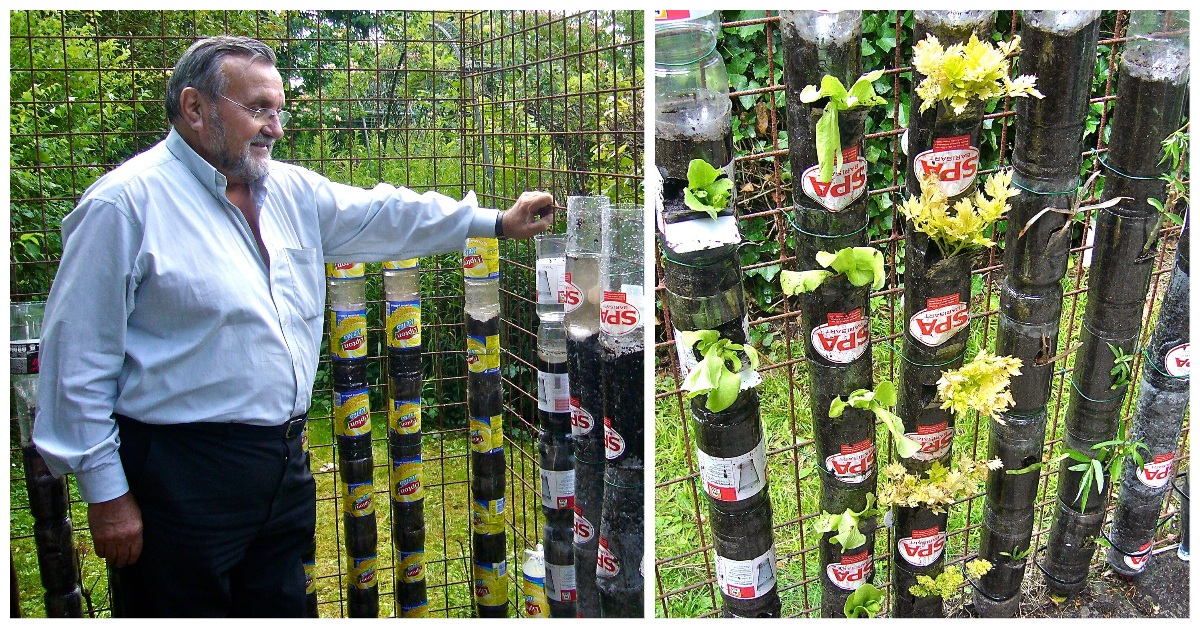
I had tremendous success with that. I had started with a lettuce plant, then with a celery, etc. Finally, also with tree saplings. To the point that I could demonstrate that one could grow plants to a certain size in bottles, and then plant them out in the field.
My intention was to say: "People, you should not, as happens a lot in those dry regions, start putting out plants in an open field, where you have to water them constantly." Where the water drains into the ground or evaporates because of the sun. "First grow the plants in containers and then put them out."
I saw a lot of pictures of all those demos on social media. I remember an application on pallets, on which bottles were attached.
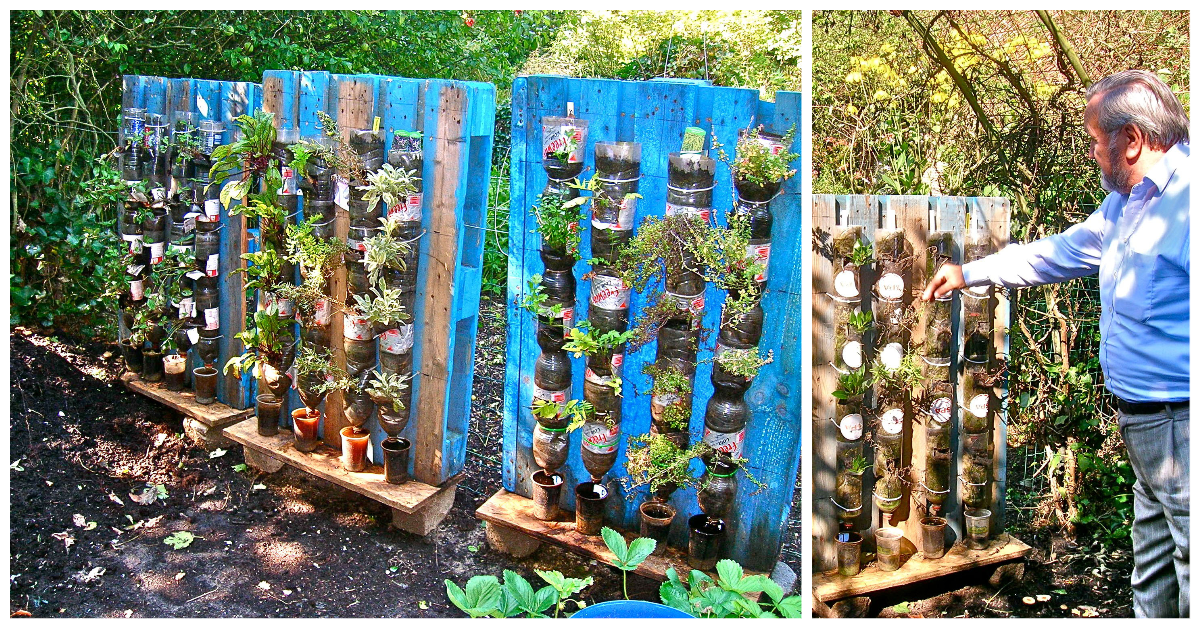
That method has started to grow gradually: "CONTAINER GARDENING AND VERTICAL GARDENING”. I then set up a Facebook group for that.
I set that up in 2008. As I'm close to half a million followers now.
I dare say that this has become a worldwide success. Because I have followers on every continent.
"CONTAINER GARDENING AND VERTICAL GARDENING" is a success story.
As I am actually from the region of Aalst in Belgium, and came to live here in Lochristi, I got a lot of reactions from my friends from before, from my home town. "Ah, you live in Lochristi now; that's the village of the Begonia and the Azalea."
Yes, there are a lot of those growers here, and when you drive around Lochristi, you see that it is a flower town. All sorts of plants are grown here.
And subsequently I set up a new Facebook group "LOCHRISTI BLOEIT" (Lochristi blooms).
With an invitation to the people of Lochristi, to post their photos of flowering plants in their gardens on that Facebook group. So that we get an overview of what is growing and blooming right now. I have almost 2,000 followers on that page. I consider it also a success.
And while I was sitting on my computer selecting things that came in, I suddenly got an idea: "How did I do my own PhD?"
I did my PhD on stomata. In our time, there were no computers. So, we had to go to the library. Taking out all possible journals on botany. Reviewing year by year what had appeared on stomata. And when you found an article that was interesting you were not allowed to use the available photocopier. So what were you supposed to do? "Copy its abstract. Take notes." I have covers and covers, with all the abstracts.
And then eventually when you start writing your PhD, you have to read back all those abstracts you wrote. "What can I use from that?"
To write that into your own PhD text.
I have lost, dare I say, months on that, on that literature search. But now when I type in the term stomata via Google, I immediately get all the publications on the subject. You click on the url. You go there. You read the abstract: "Oh, interesting." Copy/paste and you put it in your folder. I thought, "Yes, but now I'm not doing anything about those stomata myself, but I'd like to know how many people still work on them."
And they work on them both in the field of anatomy and morphology, which I worked in, as well as in the field of physiology. And of biochemistry. And of genetics. Four years ago now, I set up a separate Facebook group on stomata, where I put all possible abstracts on stomata. That way people working on stomata don't have to Google search anymore.
And there is no need to search for "What abstracts have appeared?" because they are on my Facebook. And now I have between 100 and 150 people coming to the page every day looking for: "What has appeared in terms of stomata?"
I think that now, per day, I am offering a time gain of an hour to an hour and a half to the scientists working on stomata. Because now they don't have to search nor surf; it's on my page.
You obviously keep yourself busy that way!
A lot of time creeps into that. Opening the computer: what's of this, what's of that.... So that way I have my daily pursuits.
My plant library
And there is more... as you can see here, I still keep myself busy growing plants. At some point I got an offer from someone who had plants. That's the painted nettle or Coleus, from the Lamiaceae family. These plants grow amazingly well in summer. They turn into bushes. They also need a lot of UV. But in winter they slacken. But as you can see: if you take a cutting and you put it in test tubes - has just happened now - then roots will grow on those. Then you can put that in pots. And so on.
"What do I do with that now?"
Normally over there in the front of my driveway I put 2 tables with all those cuttings in little pots. And people walking, cycling or driving past can take those for free. They continue to grow these cuttings into plants and then also take cuttings. As a consequence growers of those Coleus are now spreading in Lochrisit and beyond.
This one is green with pink spot in the middle, but there are 700 to 800 different colour varieties of those leaves. You can imagine what happens next: "Ah, do you have the brown one or do you have the yellow one? Are we going to swap?"
An entire enterprise arises.
And that ends up on "Lochristi blooms", the Facebook group?
No. I'll call that my plant library. Instead of a library: my plant library. And so I have a Facebook group "plant library", where I put pictures of what I put on the table out there. So that people know: ah, there are new plants. And then people come to see. There are water bottles there, with now substantially outgrown grape hyacinths. Those were little green plants you see below. They have started flowering. Just some soil at the bottom. That stays moist. The bottle is cut off at one-third from the bottom, but I leave 2 cm of the bottle uncut. So that I can thus turn the top. You can fill that jar with soil. You can put a plant in it. You snap it back shut. A piece of tape to keep the bottle closed. Water from that soil evaporates, goes to form droplets at the top. Those droplets run back down again. That way you get a recycling of water.
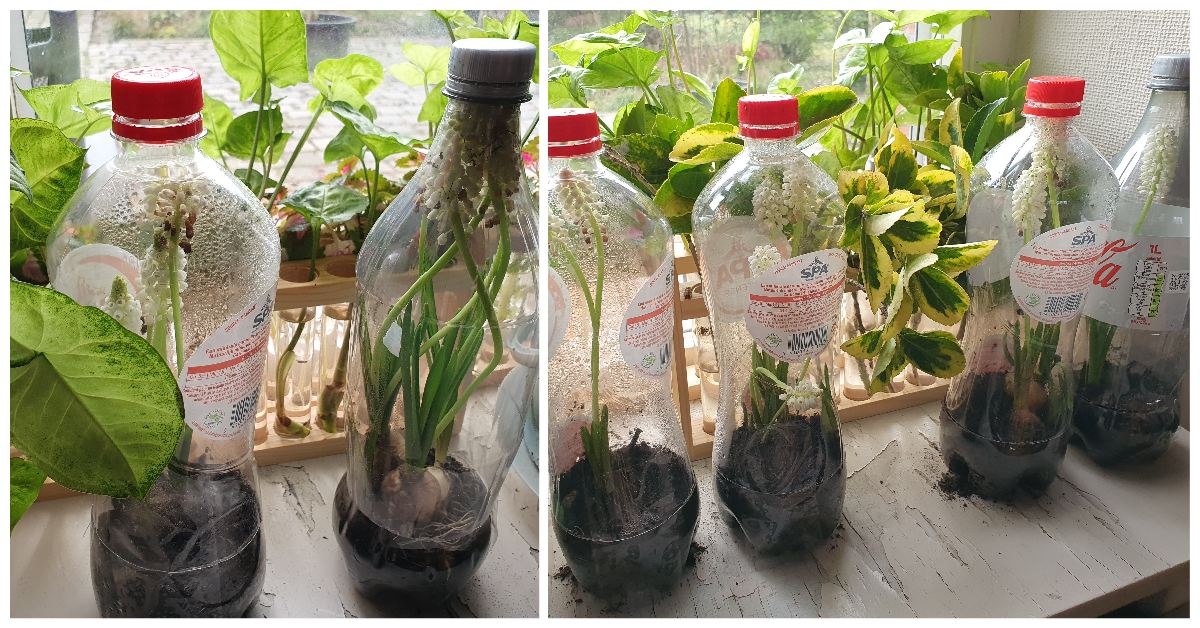
And as you can see, look in that second bottle: there, all those little shoots have already started spilling out. The little flowers are now sitting at the top against the stoppers. Well, I normally put those bottles outside by now, but because of the frost, I'm not going to do that. Hence, I now put on my plant library, that I have bottled grape hyacinths. And people who are interested come in. Instead of finding them on the table, they may come and get a bottle here.
A new method to encourage people to grow young plants in bottles, until they are big enough to put them into larger pots.
And who are the people, who come along?
Plant lovers. Young and old. From Lochristi and the surrounding area. I get all kinds of visitors here.
And as you can see, behind there are those test tubes with all kinds of cuttings.
Cuttings from shrubs. Cuttings from those pancake plants. And so on. So that's how I grow plants, which I distribute for free around here. Through the plant library.
Birth of TerraCottem
Another question Professor, with all your followers, I suspect a lot of people know who Professor Van Cotthem is. But for someone who doesn't know you: how would you introduce yourself to lay people?
The first thing I say of course is: I am a plant biologist.
A botanist.
A botanist, yes.
"Ah yes, but then you know a lot about plants?" Yes, but in my studies in botany I mainly dealt with anatomy. In other words, the internal construction of plants. And with morphology, the external forms of plants. And less with systematics. Less with "What is that plant called? What family does that plant belong to?" I was less interested in that.
"But how are plants built? How do plants live? What kind of roots do plants have? Why is that so?"
I was doing that for years. When the problem arose of people dying of starvation, in the dry regions my interest changed to: "Can't we develop something, so that we can grow food even in dry regions?"
Soon the idea grew, that if we mixed ordinary polymers in sand, and we grow plants or seeds in it, that we might be able to capture the sand dunes drifting away with that.
And we started doing tests on the Belgian coast. In Koksijde. And in Oostduinkerke.
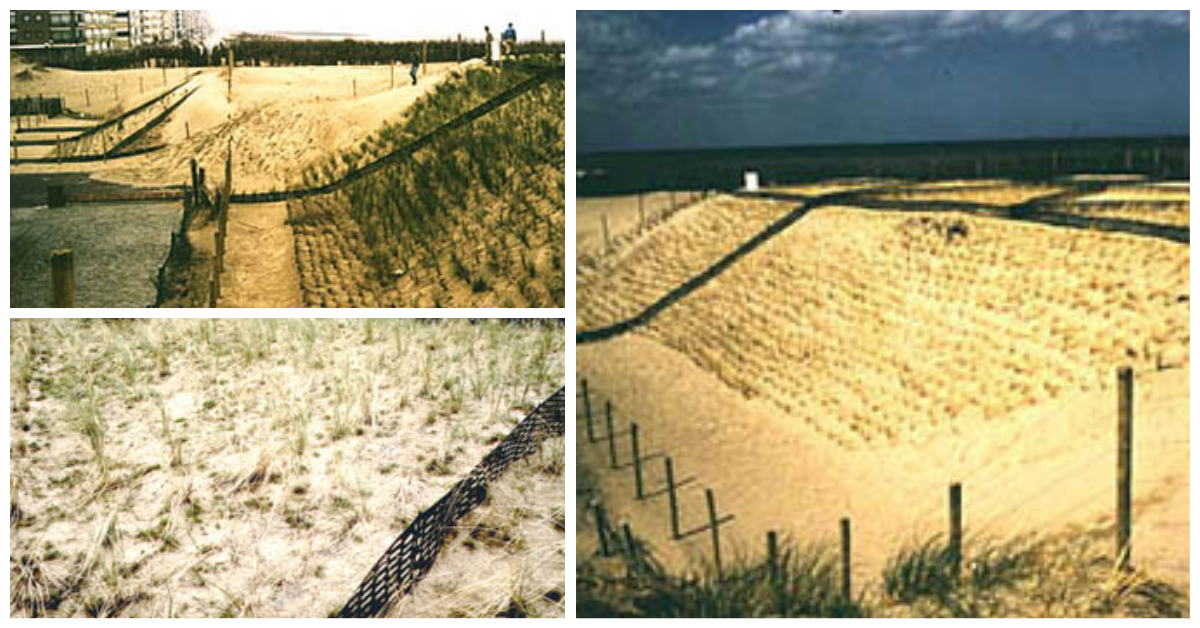
I remember pictures of all that, yes.
And indeed, if you incorporated that mixture of polymers in the sand and seeded you got grass. Or a mat of marram grass, a typical dune plant.
That was gaining notoriety. And I got articles in all kinds of dailies. And at one point, an assistant from the biochemistry department comes to me.
He says: "I have a question for you. A good friend of mine, a close acquaintance, has a big problem on an estate in Spain. He has a lake, with a dam. And the intention was for that water to be crystal clear. Because then he and his family and friends would be able to go there to swim and boat. But that water has turned milky white!"
Milky white?!
"He asked an English firm to find a solution to that. That English firm is asking something like half a million to do that..." And the man says to me, "don't you know anyone at the university, who is working on water issues? And I read that article in the Standaard (Belgian newspaper) where you hold rainwater... Wouldn't you like to go to Spain sometime to look at that water? That man is also paying for your stay and plane."
So I went there.
"Hello sir, I'm Bernard Devos."
Hello, I'm Wim Van Cotthem.
"Ah, come and have a look at our lake..."
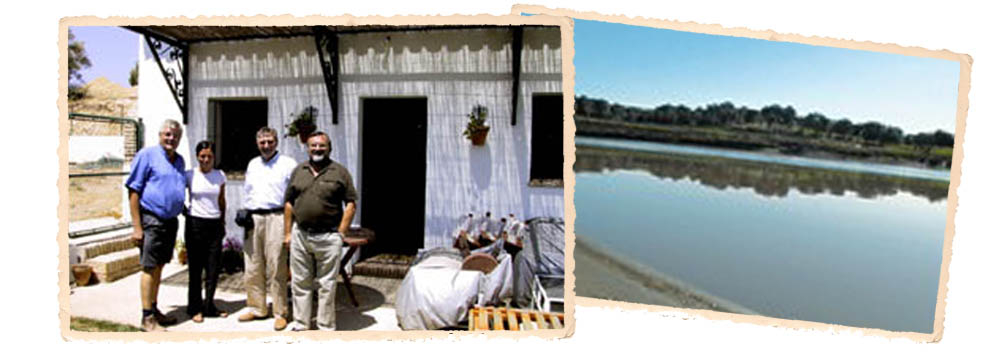
We drove around by car: milky white!
"Could you get rid of that milky colour?"
I reply, "I would first like to know where that milk colour comes from?"
"I think I know. Because I have a flank here, which we dug off. And it consists of a certain clay. And that clay is white. And when it rains, that white of that clay washes into the lake".
A kind of sedimentation.
And I went to the flank to have a close look at that clay.
I say, "yes, Bernard, but this is montmorillonite. And montmorillonite is a soluble clay. As long as you have montmorillonite here, you're going to have white water."
"Should I dig that out?" he asks. "But who knows how deep that montmorillonite is..."
I didn't see a solution in that. But I do know another solution. Put a layer of soil over it. And mix polymers in it. Sow and plant on it. Once that will mature with plants, that montmorillonite cannot seep out.
"What are those crystals you speak of?", he asks.
I explain that we are doing tests with these on the coast and that we have a group thatsets up those trials Now that's in the hands of the university. I can't just hand over that system to you because all the research we do at the university belongs to the university now.
"Couldn't we collaborate with the university? Then I will start working with the water crystals and then the university will get - if we can sell those water crystals - a percentage on sales per year."
You have to reach an agreement with the university.
Bernard goes to the university and makes an agreement, that he can use Wim Van Cotthem's findings. They didn’t call it invention then. The university got a percentage of the sales that was paid into the university's patrimony.
It worked like that for several years.
By that time, we had also found, through trials we had done in Senegal, that fertiliser also had to be added to those polymers. And I already had an idea about those growth stimulators...
And so a new product came on the market, so to speak. And that was a mixture of polymers, with fertilisers and growth stimulators.
And that had to be given a name, right.... We looked in all directions: green, plant, terra, ... In all directions: and every time we found a good name and searched further, it turned out it was registered. I don't remember who said: I "I know a name that is not patented: TerraCottem!"
TerraCottem? No. Because I'm going to get all the colleagues at the university on my neck. "What is he thinking? Giving his name to something".
When I come home that night, I told my wife Elfride: "They want to name the product TerraCottem. It doesn’t feel right."
"You have to do that," she says. "When you go to buy a television set, and you buy a Philips, do you think of Mr. Philips who once developed that? No, that's a Philips you buy, like you can buy TerraCottem. You don't buy a Cotthem, you buy TerraCottem".
If that's what you think, that's what we're going to do. So that's how TerraCottem came to life.
At some stage Bernard said to me, "If we go to the university and I offer to the university to buy it, then they don't have to wait to get little by little a percentage on the sales. Then I'll just pay a lump sum, and TerraCottem will become mine."
I witnessed that meeting at the university. They were discussing back and forth. Until the rector said, "For me it's okay". An agreement was reached with Bernard.
Bernard also set the condition, that if I found new things regarding TerraCottem, they could not be passed on to other parties. That all new findings were also for Bernard. That went without saying. Yes, so that agreement was made. The document drawn up and signed. The university received a good amount of money, which was deposited into the patrimony.
And so that was the beginning of the independent company TerraCottem.
Convincing demonstration trials
The conventions I attended during all those years as delegate for the Belgian scientists on behalf of the Ministry of Development Cooperation was a great opportunity to exhibit TerraCottem and give it exposure.
Whenever we introduced TerraCottem in a new country, we first had to provide evidence that it had worked in our area.
Senegal, Guinea, Mali, Israel, Lebanon, and so on and so forth. China: a 5-year project in China. And many more.
The Magical Potion
One of the early trials in Burkina Faso had 30x30 cm plant holes. The then under-trial TerraCottem had been mixed with the soil. The trees had grown fantastically well, they were very tall. But when I went back, the trees were down!
"What had happened?"
In the plant holes there was TerraCottem, but outside the holes the ground was dry. Those roots refused to grow in that dry soil. The roots stayed in the planting pit. They started getting the typical "flowerpot effect": The roots were spinning around and had grown into a kind of tangle. But there was a 2 - 2.5m tree on top of that. He got blown over by the wind. Because that 30cm planting pit wasn't wide enough and those roots had not sprouted.
And then the idea came: how can I encourage those roots to go into that dry soil regardless: "the growth precursors".
Great memories
And are you still following the trajectory of TerraCottem?
Yes, of course. TerraCottem remains my baby.
You have travelled a lot for TerraCottem. Is there any particular trip that have stayed with you?
Surely my dearest memory goes to those 5 years in China. Really magnificent things came about there... yes. Those Chinese in the Gobi desert had a very nifty system.
They built one-meter-thick clay walls. And they put curved bamboo or wood sticks on those. And over those sticks they put plastic. Forming a conservatory.
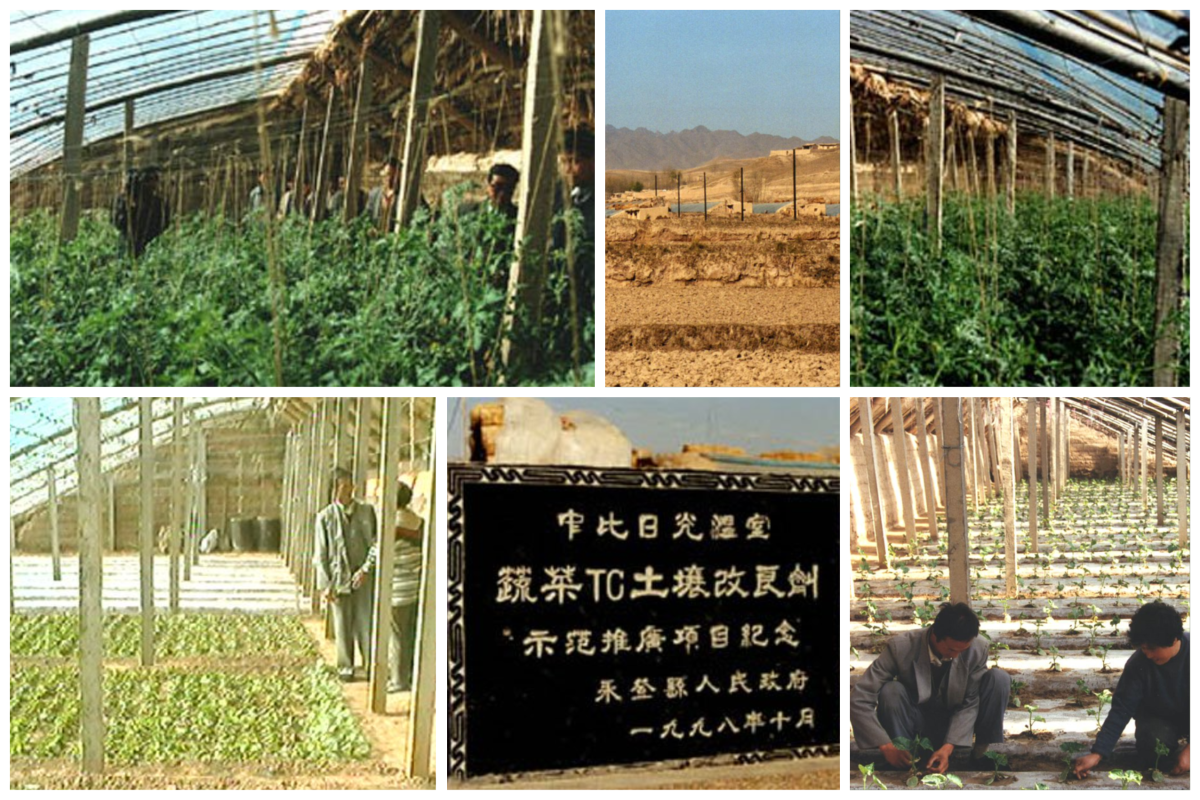
The wall is oriented to the south and gets warmed up by the sun.In winter it is -16°C outside as the greenhouses are built on the Gobi desert plateau. -16°C measured by me! And the wall itself, if you went against it with a thermometer: +22°C. Holding the heat so well. +22°C! That wall radiated the summer heat. And the conservatory was heated in winter by that wall. And inside the conservatory it was +12°C! That was really impressive.
And what did they grow?
Vegetables. First without TerraCottem... As the soil was sandy soil they had to pour a lot of water. It was actually melted snow because there was no water. They were melting snow and pouring that meltwater into the greenhouses every day. On top of that, that water just ran off or evaporated... But with TerraCottem, it was held in the soil. That was phenomenal. The result was so beautiful.
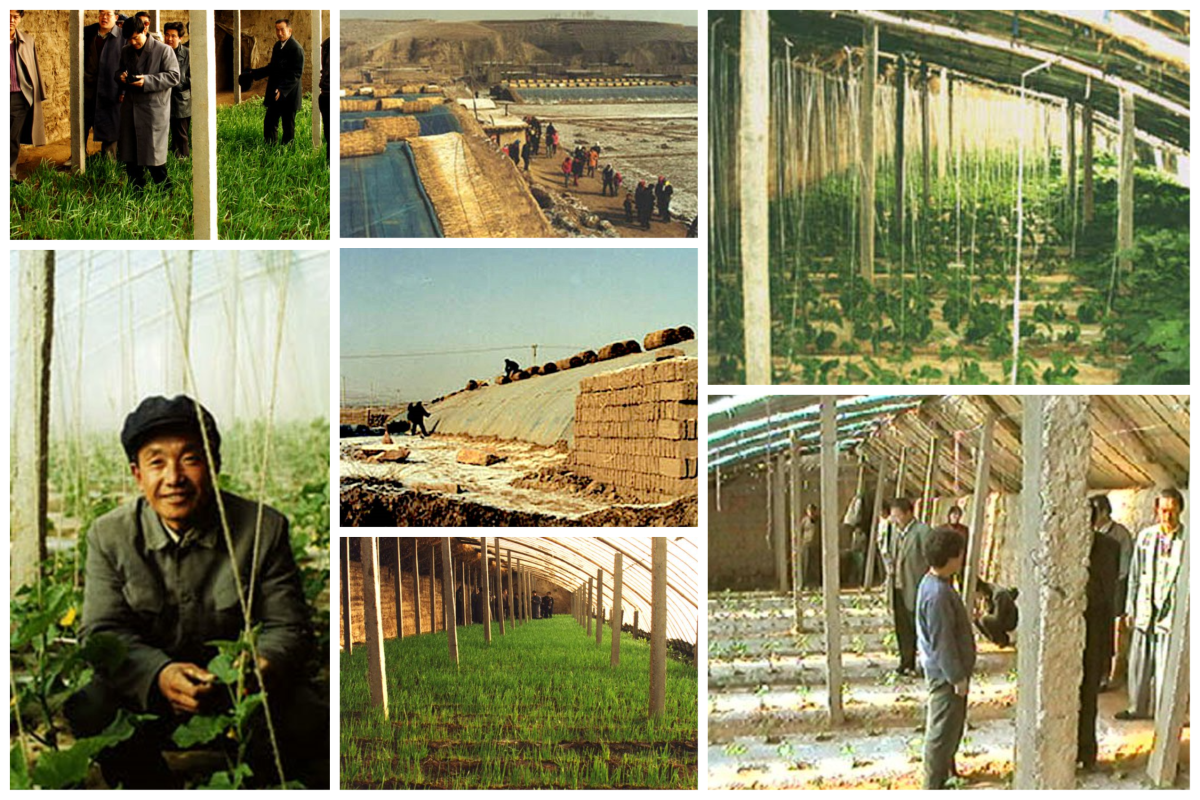
A very special process indeed.
Yes. 15 such greenhouses were built in five different villages.
But travelling for such a good cause every time.... Yes, all those trips were nice. Because you know: we are going to achieve success and bring back hope to people for a better life.
Are you still in touch with people you met on those trips?
As long as I was involved in the convention for desertification, I saw them regularly. Because automatically, if you want to set up a demonstration project in such a country, you have to go and talk to the authorities first. Unfortunately, since I stepped down in 2006, not anymore.
But those who still contact me are the son and daughter of the mayor of the village of Niou in Burkina Faso. Where we set up that project with the Comité van Maastricht.
It had such a nice name.... What was the name of that project again?
Le Bois de l'Amitié. (Friendship Forrest)
Are you still in touch with those people?
They still write to me regularly, yes.
And how is that forest doing today?
It became a big forest. I still have photos of that.
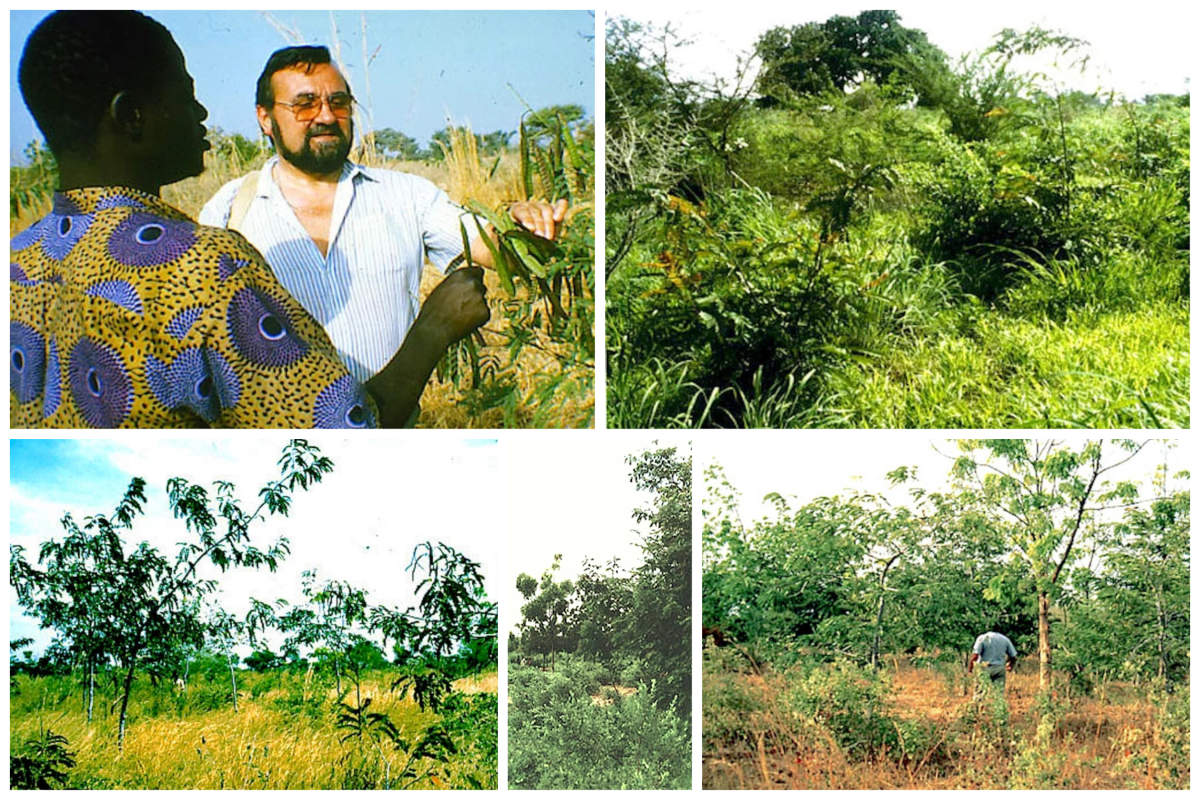
On the last photos, that was also many years ago, you see the mayor's son walking in that forest with my trees that had grown threefold. Le Bois de l'Amitié still exists, yes.
Another beautiful project is Le Bois de la Fraternité (Brotherhood Forrest), in Arbolé,a village a good 20km past Niou. That project was with a Canadian cooperative doing development work there. When we arrived and said we were coming to plant trees they said they wanted to cooperate.
And that forest, Le Bois de la Fraternité, is also still a brilliant green patch.
Initially there was nothing there! A barren plain... "Un glacier" they called it in French. So that's clay, sanded off by the wind. It had turned into a flat layer. And on that "glacier" we dug plant holes. That was in 1988. That was together with Le Bois de l'Amitié. In '88, in Arbolé we planted some trees without TerraCottem, some trees with 50 grammes and some with 100 grammes. We went back measuring in December '88.
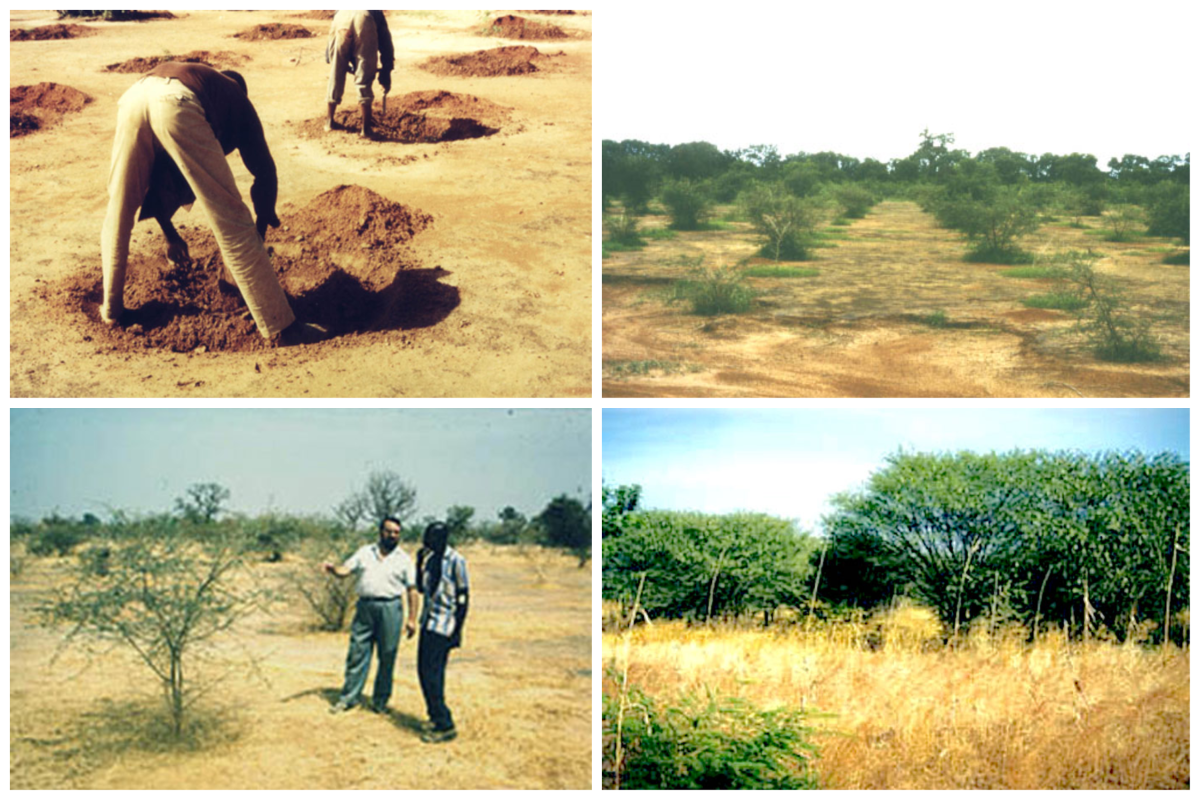
Le Bois de l'Amitié, which we visited several times.
I still have those photos of that, which you've probably seen too, where I'm standing with my arms open in front of one of those trees and bushes. With acacias.
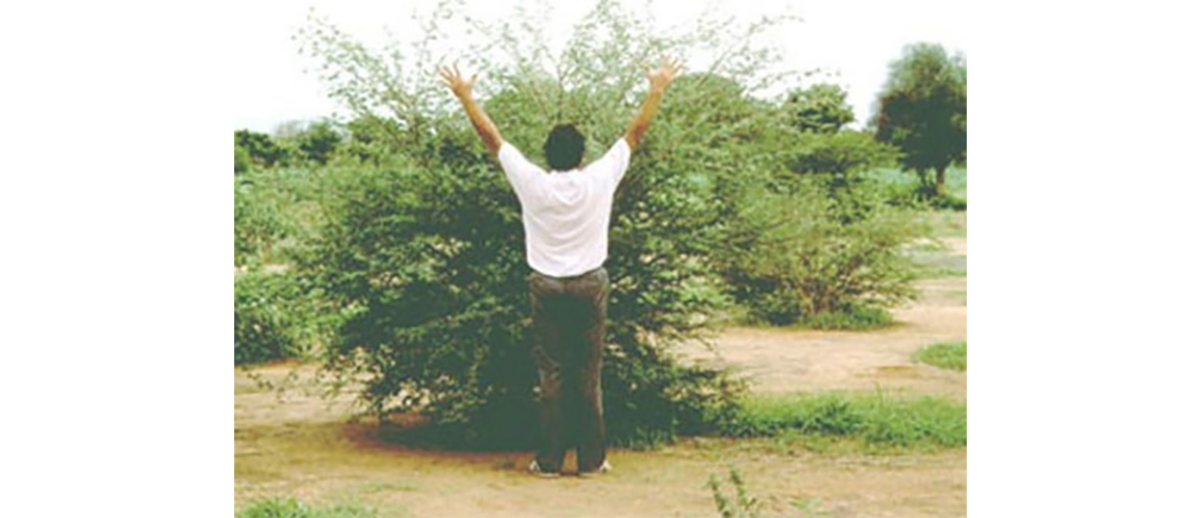
Yes, indeed.
That's a nice project: Le Bois de la Fraternité.
That was still during your university days?
Yes, in '88... Then in 1990 or '91 I did another project. In fact I recently published a picture of it on my Facebook: the village of Napalgé, also in Burkina Faso.
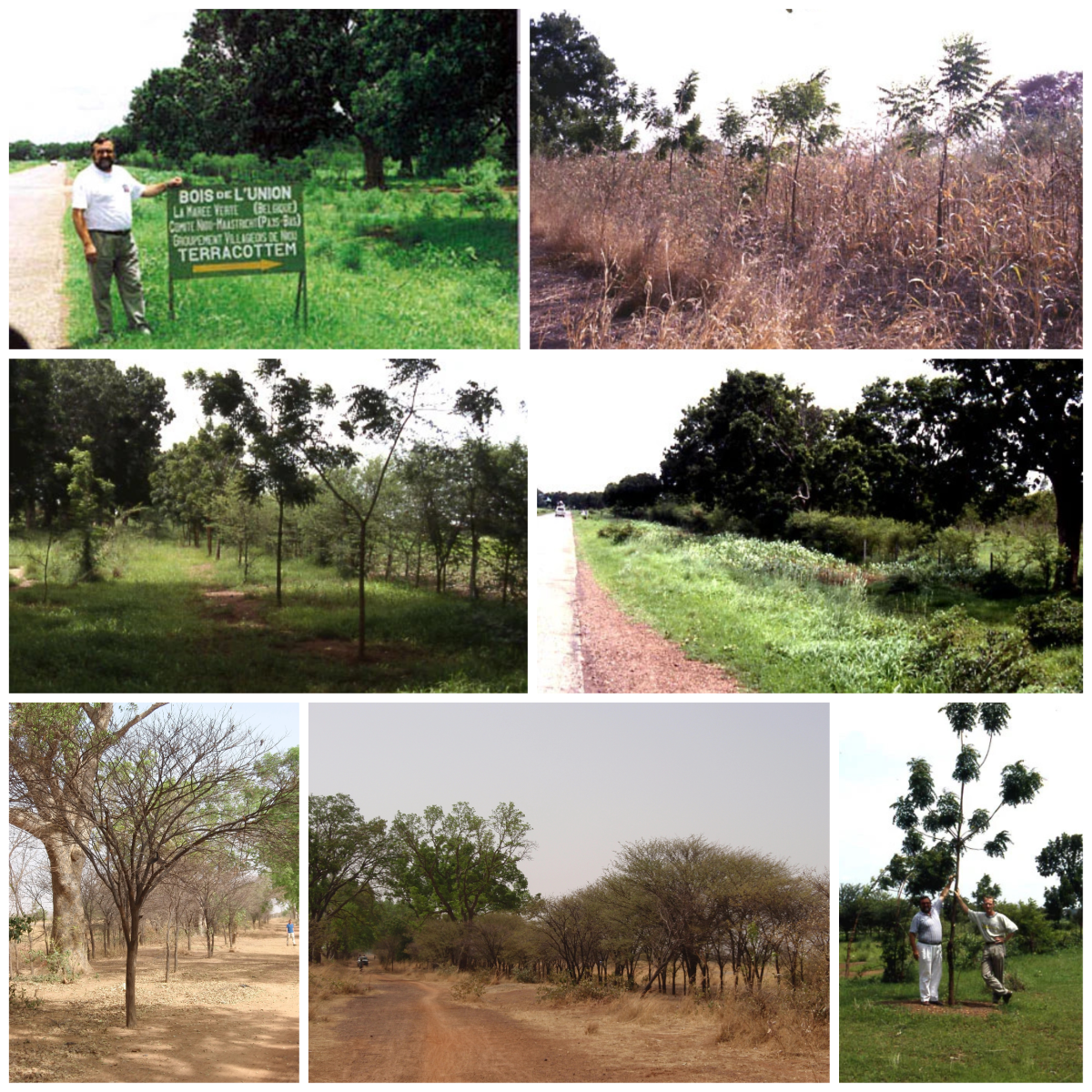
In Napalgé, there was a big dirt road, built by the French when Burkina Faso was still a colony. On both sides of that road, they had planted big trees. Those were maybe 10m tall. , It was a dirt road with tall trees on both sides. The town council of the village of Napalgé asked us if we couldn't plant bushes in between those trees to protect that dirt road. And that's what we did. That picture I posted recently on my Facebook is of those bushes that had grown out. They had formed a kind of green curtain.
What was that called again...: Le Bois de l'Union (Unity Forrest)!
And from where comes the connection with Burkina Faso?
Through the Maastricht-Niou committee. In Maastricht, being a Catholic city, they celebrate Halfway to Lent. It involved raising money for a development project.
The mayor of the capital Ouagadougou was from Niou. And that mayor was asked by the city of Maastricht whether a project could be set up in Burkina Faso. The mayor said, "Yes, you can do that in my native village Niou".
And so, the committee in Maastricht made plans to plant trees in the village of Niou.
"What trees?" They would bring young poplars... haha...
The well-known orchestra conductor André Rieu was a member of that committee and was interviewed on radio Hasselt. In which he told that committee Maastricht were going to set up a project in Burkina Faso: "We are going to plant trees there".
Elfride, my wife, was listening to the radio in her car and hears the then young Andre Rieu declare that they are going to plant trees in Burkina Faso. She sais to me: "Wim, wouldn't that be interesting to inform those peoplethat they should use TerraCottem?"
I called André Rieu and he suggested I get in contact with the committee’s chairman. Sjef Vink. He came to see me at the university.
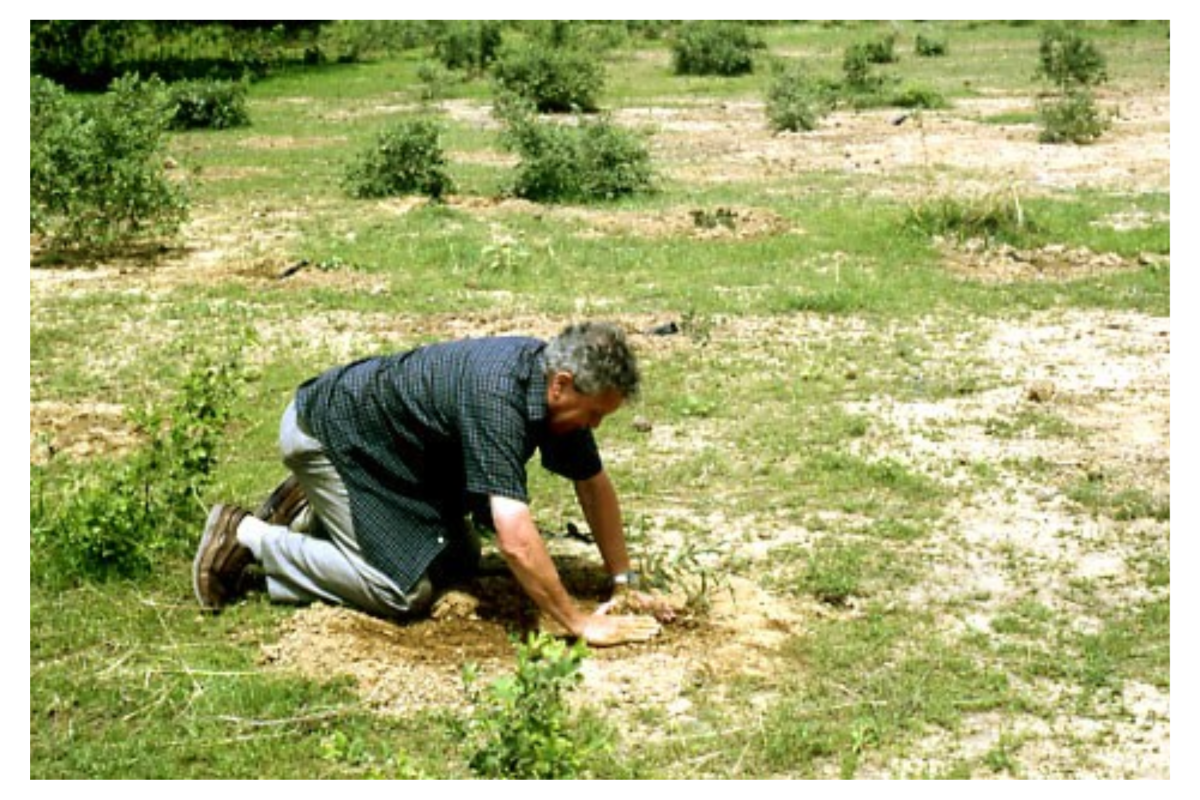
He talks about the committee and what they do and invites me to a committee meeting to explain the TerraCottem method as he is very keen on making their tree planting project a success."
So I went to Maastricht, to that committee meeting and asked them how they were going to handle the project?
André Rieu was to give a gala performance with his orchestra. And all visitors to that concert would pay 10 guilders. It was called "a tenner for a tree". The concert was held in the conference room where the European Treaty of Maastricht Treaty was signed. Great hall, specially built for that treaty. It was a full house concert. And with that money they could buy the trees and the TerraCottem.
And we went over there in July '88. The locals had dug the plant holes as we requested. It was a tough job as the soil was laterite! Iron-bearing rock. Rock hard.
Once the holes were made, they mixed the soil with TerraCottem and planted trees. That that became Le Bois de l'Amitié. A very nice story! Via André Rieu.
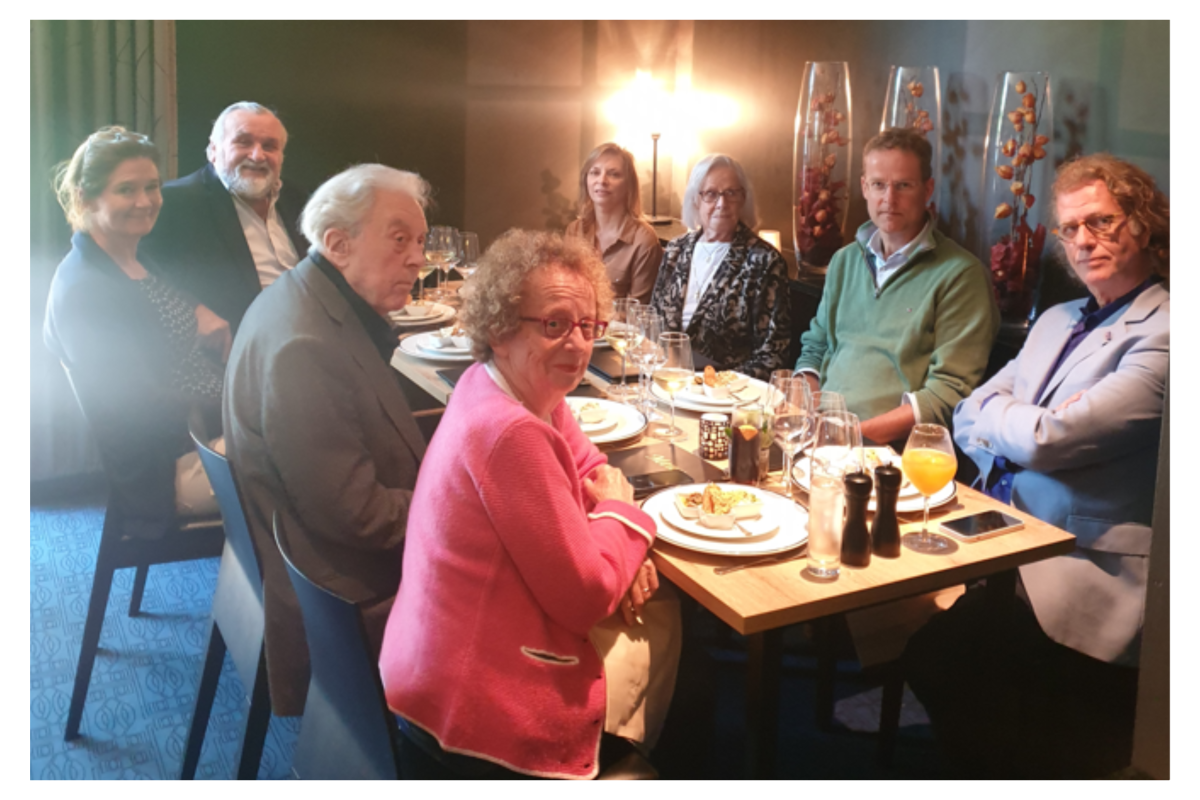
3-in-1
As a botanist you know a lot of plants.What is your favourite plant?
My favorite plant is the willow.
Coincidentally, just recently, a landscape architect named the same plant! Why the willow?
You can plant willows anywhere.
I often ask people: "Why are you going to plant beeches that don't belong here?"
Beech trees belong above 500 meters. That's a specific plant for above 500m in Europe. And they grow on a clayey soil because a beech tree needs a lot of water. "So why plant beeches? Why plant oaks, which take so much time to reach maturity?"
What I suggest is to first make sure that wherever possible, you get green bushes or trees. And then plant in between the existing vegetation because you will already have a layer that is moist. Through the evaporation of the leaves, you get a moist layer on the soil, in which the young planted trees grow better. First make sure you get shrubbery, with young willows which are also cheap. You just need to cut off a branch and put it in the ground.
Hence willows. But also privet. Cut off a branch and stick it in the ground. And you get a privet bush.
The system I had worked out is: a tree, any will do. In addition, a willow branch. Next to it a European spindletree, with those yellow leaves. So, a young tree, equal in size. A willow branch next to it. And a cutting of European spindletree. Left to root in a bottle. Together, all three.
And all three then in the plant hole. The willow forms roots immediately. The tree slowly. But as the willow takes root, it also retains seeping water in the soil. And it also gives that water to the roots of the tree next to it. And the European spindletree. So, the willow grows into a shrub (and a shrub is 3 to 4 meters tall). And the European spindletree is a bush that will reach 2 meters at most. So, you get a tree that stands above it. A shrub, the willow. And a bush, the European spindletree. In one place.
With the same action, you get three different things:
- The European spindletree gives berries to birds.
- Privet gives birds nesting opportunities. If you don't use European spindletree but privet: it gives nesting opportunities too. And berries, those black berries that grow on privet. The willow: bees. Butterflies. All kinds of insects when the willow is in bloom.
- And meanwhile the tree grows.
You can do it by putting everything in one plant hole.
I'm going to try it out, I think.
Easy to do. You just grab a bottle. Always make sure that when you fill the bottle completely with soil, that you make two holes 2 or 3 cm above the bottom. Because if it rains, the bottle will fill up and the roots will be broken. But if there are two holes you have drainage holes.
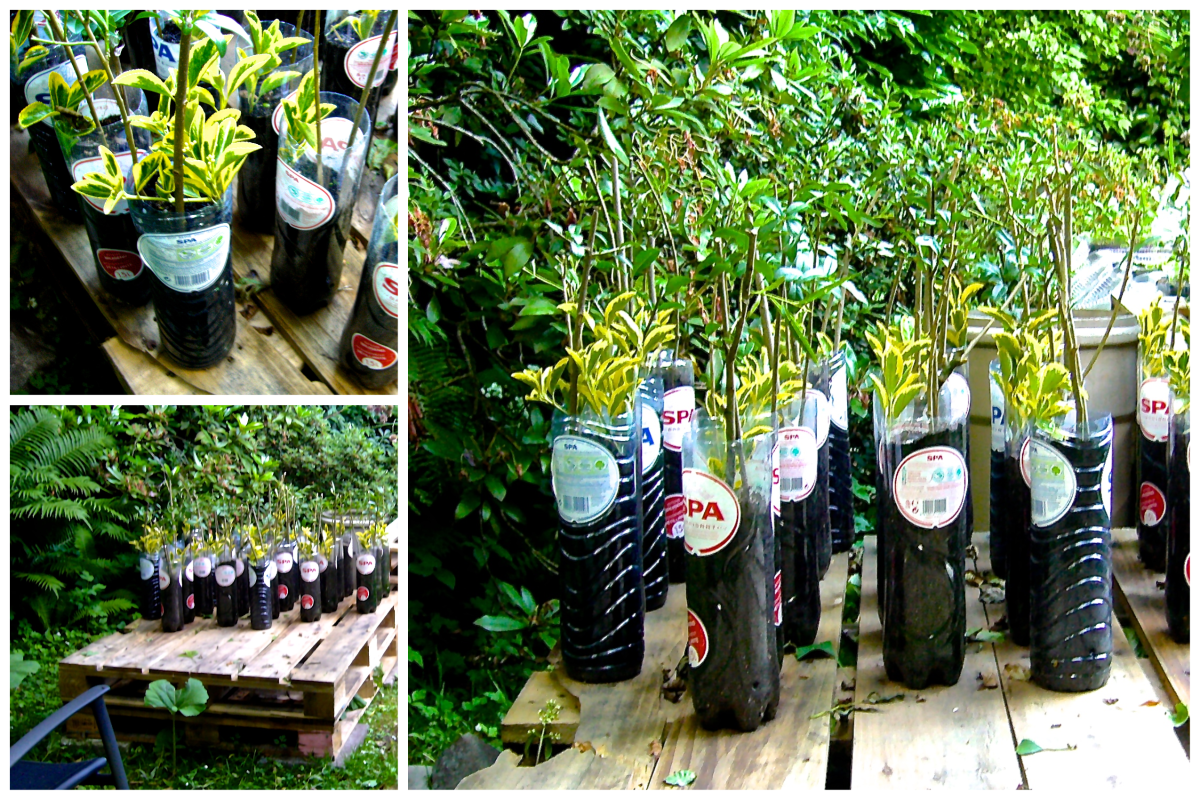
And then you keep 2 or 3 cm of water at the bottom. You fill up with soil, you make two holes. And you plant the little tree and the shrub and the bush together. You let it take root completely.
If you go and look outside in my garden, you can see acorns that have fallen there. There are young oak trees there. You dig out one of those oak trees. And you plant that oak. Any tree will do. If you see a sapling of a tree somewhere, you dig it out. It has some roots. You plant it in that bottle. And you put in a willow and a privet. You let everything take root, until really everything is rooted. Then you cut up the bottle and you plant, roots and all, in the ground. Plop! Everything grows.
OK. Good tip to try out....
And of course, with TerraCottem in the ground! Haha.
Good advice, ok! Thank you for your time, Professor. I see that you are still passionate!
Yeah, that never goes away boy. Haha.
If you know someone who would also like to read this article, feel free to copy the link and share.
Want to know more about our history?
Read our unique story.
Would you like more information about our TerraCottem soil conditioning technology?
Contact usWould you like more information about our TerraCottem soil conditioning technology?
Contact usTerraCottem Intl. SL
Apartado de Correos 4511190 Benalup (Cádiz)Spain

